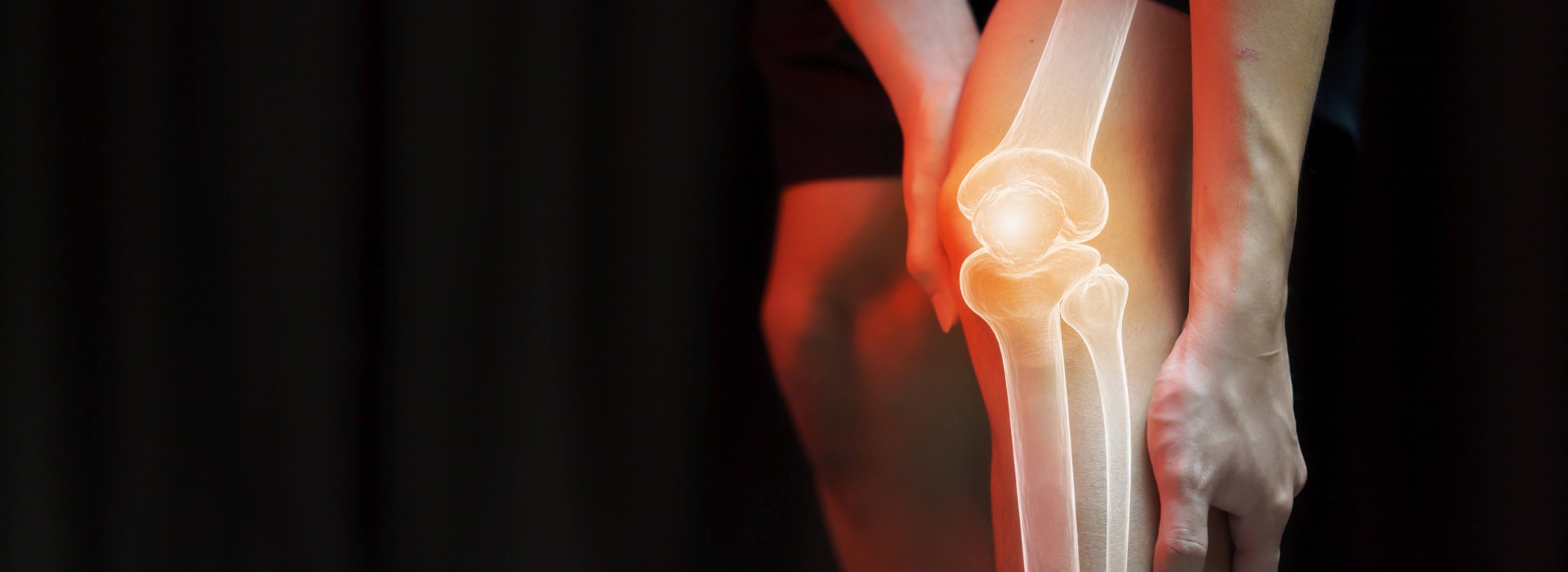Understanding the ACL
The Anterior Cruciate Ligament (ACL) is a key ligament in the knee, essential for maintaining stability and proper knee joint function. Situated in the middle of the knee, it connects the femur (thighbone) to the tibia (shinbone). This ligament controls movements, especially in jumping, pivoting, and sudden directional changes. However, it is susceptible to injury, especially among athletes and individuals engaging in high-intensity physical activities.
Identifying ACL Injuries
ACL injuries predominantly occur due to high-impact or sudden, twisting movements, common in sports like football, basketball, and skiing. Symptoms of an ACL injury include a distinct popping sound at the time of injury, followed by pain, swelling, reduced range of motion, and a feeling of instability in the knee.
Diagnosis of ACL Tears
The diagnosis of an ACL tear involves a blend of clinical assessment and imaging techniques. Physical examination tests include:
- The Lachman Test: This test assesses anterior tibial translation and the integrity of the ACL. In this test, the knee is bent at 30 degrees, and the thigh is stabilised while the lower leg is pulled forward. Increased forward movement of the tibia indicates a possible ACL tear.
- The Pivot Shift Test: This dynamic test checks for anterior subluxation of the lateral tibial plateau. The knee is moved from extension to flexion while a valgus and internal rotation force is applied. A ‘pivot shift’ or clunk during the test suggests ACL insufficiency.
- The Anterior Drawer Test: Here, the knee is flexed at 90 degrees, and the lower leg is pulled forward. Excessive forward movement of the tibia suggests an ACL injury.
Imaging tests include Magnetic Resonance Imaging (MRI), which provides detailed images of the knee’s soft tissues and confirms the diagnosis. X-rays may be used to exclude bone fractures.
Overview of ACL Reconstruction Surgery
ACL reconstruction surgery aims to restore stability and function to the knee. Arthroscopic surgery, a minimally invasive technique, is commonly used. This involves making small incisions around the knee, inserting an arthroscope for visual guidance, and using specialised instruments to replace the torn ligament with a graft.
The choice of graft, each having its advantages and considerations, is based on individual patient factors and the orthopaedic surgeon’s preference. There are three primary types of grafts used in ACL reconstruction:
- Autografts: Tissue taken from the patient’s body, such as the patellar tendon, hamstring tendon, or quadriceps tendon.
- Allografts: Donor tissue, typically from a deceased donor.
- Synthetic grafts: Artificial materials used as an alternative to natural tissue.
Postoperative Management: Rehabilitation and Physiotherapy
Initial Recovery
Post-surgery, patients often experience pain and swelling. Management includes pain relief medication, ice application, and elevation of the leg to reduce swelling. Early mobilisation, like gentle knee movement, is encouraged to promote circulation.
Rehabilitation Program
Rehabilitation begins soon after surgery. It typically involves a structured physiotherapy program, progressing from basic exercises to more advanced activities as healing occurs. Key goals include restoring the knee’s range of motion, strengthening surrounding muscles, and gradually returning to normal activities.
Importance of Physiotherapy
Physiotherapy ensures a safe and effective return to daily activities and sports. It helps in regaining strength, flexibility, and confidence in the knee.
Complications and Risks of ACL Surgery
While ACL reconstruction surgery is generally safe, it is not without risks and potential complications. Key concerns include:
- Infection: A rare but serious complication, infections require prompt treatment, often involving antibiotics or additional surgery.
- Graft Failure: The graft may not fully integrate or could re-tear. This risk is influenced by several factors, including surgical technique and postoperative rehabilitation adherence.
- Knee Stiffness: Some patients may experience a limited range of motion post-surgery, often addressed through physical therapy.
- Pain and Swelling: Common in the initial postoperative period, these symptoms usually improve with time and proper management.
- Deep Vein Thrombosis (DVT): Blood clots in the leg veins, a potential risk after knee surgery, require immediate medical attention.
- Osteoarthritis: Long-term risk of developing osteoarthritis in the injured knee, despite successful ACL reconstruction.
Long-Term Prognosis and Prevention Strategies
The long-term prognosis following ACL reconstruction is generally favourable, with many patients returning to their pre-injury levels of activity. This is possible with adherence to a comprehensive rehabilitation program and ongoing knee care.
Prevention strategies, including proper training, use of appropriate equipment, and regular physical activity, reduce the risk of re-injury and maintain joint health. Consult your orthopaedic surgeon for early detection and management of any long-term issues.
Conclusion
ACL reconstruction is a surgical procedure to restore knee stability and function following an ACL tear. While there are risks involved, adherence to preventive strategies and ongoing knee care recommended by your orthopaedic surgeon can lead to a positive long-term prognosis.

